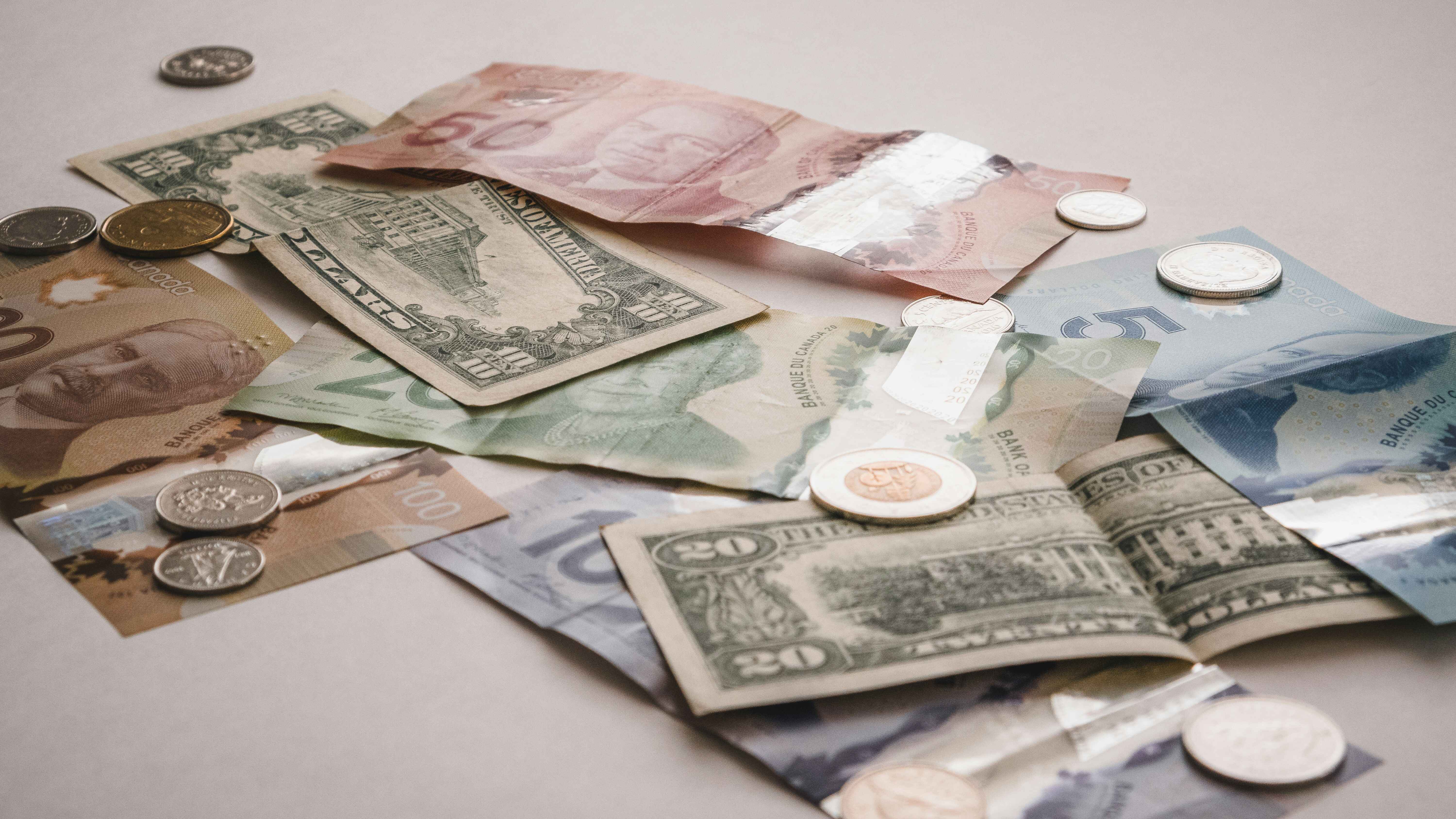Fixed deposit (FD) rates are a crucial factor in shaping your investment decisions. As interest rates fluctuate, it’s essential to understand how these changes can impact your financial plans. Whether you’re a seasoned investor or just starting, staying informed about the latest FD rates is key to making smart investment choices. In this article, we’ll explore how new FD rates can influence your investment strategy and guide you in navigating these changes effectively.
Understanding the Impact of Changing FD Rates
How Interest Rates Affect FD Returns
When FD interest rates rise, it presents an opportunity for investors to earn higher returns on their deposits. For example, if you invest ₹1 lakh in an FD offering a 6% interest rate, you’ll earn ₹6,000 in interest annually. However, if the rates increase to 7%, your annual interest earnings will rise to ₹7,000. This seemingly small change can significantly impact your long-term wealth accumulation.
On the other hand, when interest rates fall, the returns on your FD investments may decrease. Let’s say you have an FD yielding 7% interest, and the rates drop to 6%. Your annual interest income will reduce from ₹7,000 to ₹6,000. While this may not seem substantial in the short term, it can affect your financial goals over an extended period.
Comparing Old and New FD Rates
When new FD rates are announced, it’s crucial to compare them with your existing FDs. If the new rates are higher, you might consider investing in a new FD upon maturity of your current one. However, if you have an ongoing FD with a higher interest rate than the prevailing rates, it may be wise to continue with it until maturity.
For instance, suppose you have an FD with an interest rate of 7.5%, and the latest FD rates are at 7%. In this case, your existing FD provides better returns, and it’s advisable to stay invested until maturity. You can easily compare the latest FD interest rates offered by various financial institutions using Airtel Finance’s FD interest rate page.
Factoring in Liquidity and Premature Withdrawal
While higher FD rates are attractive, it’s essential to consider your liquidity needs before locking in your funds for an extended period. FDs typically have a fixed tenure, and premature withdrawals may attract penalties or lower interest rates.
If you anticipate needing funds in the near future, opting for a shorter tenure FD or a liquid investment instrument might be more suitable. Airtel Finance offers a range of FD tenures, allowing you to choose one that aligns with your financial goals and liquidity requirements.
Diversifying Your Investment Portfolio
Adapting to Changing Market Conditions
As interest rates change, it’s essential to adapt your investment strategy accordingly. When FD rates are high, allocating a larger portion of your portfolio to fixed deposits can help you capitalize on the attractive returns. However, when rates are low, exploring other investment avenues like mutual funds, stocks, or real estate might be prudent to optimize your portfolio’s overall performance.
Diversification is key to managing risk and ensuring a balanced investment approach. By spreading your investments across different asset classes, you can minimize the impact of fluctuations in any single investment category. Airtel Finance’s FD calculator can help you determine the optimal allocation of funds based on your investment amount, tenure, and expected returns.
Balancing Risk and Return
While FDs are considered a low-risk investment option, it’s crucial to strike a balance between risk and return in your portfolio. During periods of low FD rates, you might be tempted to invest in high-risk, high-return instruments to compensate for the reduced returns. However, it’s essential to assess your risk tolerance and financial goals before making such decisions.
If capital preservation is your primary objective, FDs can still play a significant role in your portfolio, even during low-interest rate scenarios. The guaranteed returns and safety offered by FDs provide stability and help counterbalance the risks associated with other investments.
Maximizing Your FD Investments
Leveraging Compounding
One of the most powerful aspects of FD investments is the power of compounding. By reinvesting your interest earnings, you can accelerate your wealth creation journey. When FD rates are high, the compounding effect becomes even more significant, as your reinvested interest earns a higher return.
To illustrate, let’s compare two scenarios:
|
Scenario |
Initial Investment |
Interest Rate |
Tenure |
Compounding Frequency |
Maturity Amount |
|---|---|---|---|---|---|
| 1 | ₹1,00,000 | 6% |
5 years |
Annual |
₹1,33,823 |
| 2 | ₹1,00,000 | 6% |
5 years |
Quarterly |
₹1,34,985 |
As evident from the table, quarterly compounding leads to a higher maturity amount compared to annual compounding. By opting for more frequent compounding, you can make the most of the latest FD rates and enhance your returns.
Laddering Your FDs
Another effective strategy to optimize your FD investments is laddering. It involves investing in multiple FDs with different maturity dates. This approach allows you to benefit from higher interest rates on long-term FDs while maintaining liquidity through shorter-term deposits.
For example, instead of investing ₹5 lakhs in a single 5-year FD, you could spread your investment across five FDs of ₹1 lakh each, with maturities ranging from one to five years. As each FD matures, you have the flexibility to reinvest at the prevailing interest rates or access the funds if needed.
Conclusion:
Navigating the impact of new FD rates on your investment decisions requires a proactive and informed approach. By understanding how changing interest rates affect your returns, comparing old and new rates, considering liquidity needs, and diversifying your portfolio, you can make sound investment choices. Remember to leverage the power of compounding and explore strategies like laddering to optimize your FD investments.
Airtel Finance offers a range of FD options with competitive interest rates, flexible tenures, and convenient investment processes. With the help of their FD interest rate page and FD calculator, you can easily compare rates and make informed decisions. Take the first step towards securing your financial future by exploring the latest FD rates and investment opportunities with Airtel Finance today.
FAQs:
-
What happens to FD when interest rates increase?
When interest rates increase, new FDs offer higher returns compared to existing ones. Investors can benefit from the increased rates by investing in new FDs upon the maturity of their current deposits. -
How do changes in interest rates affect the returns on an FD investment?
Changes in interest rates directly impact the returns on FD investments. When rates rise, investors earn higher interest on their deposits. Conversely, when rates fall, the returns on FDs decrease. -
What factors determine new FD rates?
New FD rates are influenced by various factors, including the Reserve Bank of India’s monetary policy, inflation, economic growth, and the overall demand and supply of funds in the market. -
How often do FD interest rates change?
FD interest rates can change periodically based on market conditions and the policies of financial institutions. Rate revisions can occur as frequently as every month or quarter, depending on the prevailing economic scenario.


 Get App
Get App  Airtel Store
Airtel Store  Login
Login 

